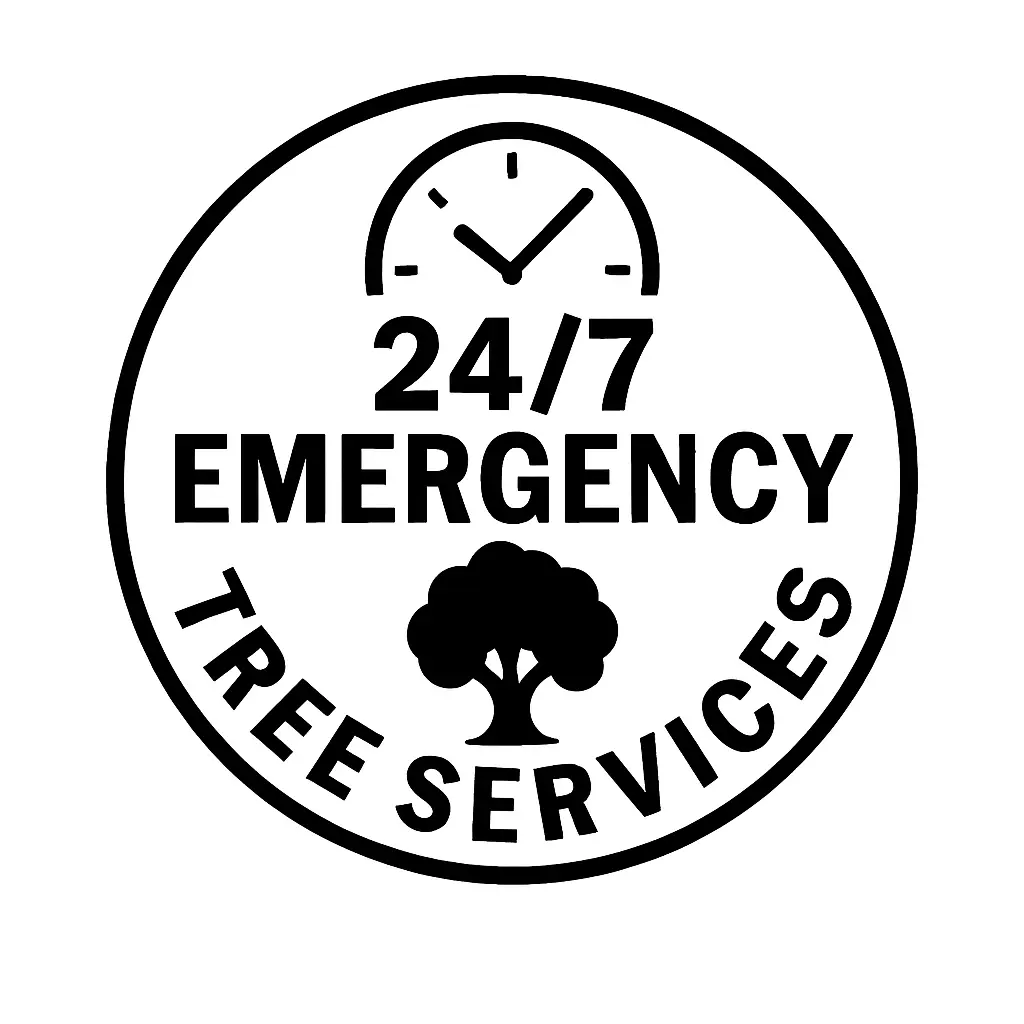New York State is home to diverse native trees that define its landscapes, support local wildlife, and contribute to the state’s ecological health. From the towering Eastern White Pine and stately Sugar Maple to the resilient American Sycamore, these trees thrive in various environments, from the dense forests of the Adirondacks to urban parks and streets. Here are some of the most common and significant native trees you’ll find across the state.
Deciduous Trees
- Red Maple (Acer rubrum)
- Sugar Maple (Acer saccharum)
- Silver Maple (Acer saccharinum)
- White Oak (Quercus alba)
- Red Oak (Quercus rubra)
- Pin Oak (Quercus palustris)
- Scarlet Oak (Quercus coccinea)
- Chestnut Oak (Quercus montana)
- Black Oak (Quercus velutina)
- American Beech (Fagus grandifolia)
- White Ash (Fraxinus americana)
- American Elm (Ulmus americana)
- Tulip Poplar (Liriodendron tulipifera)
- Black Cherry (Prunus serotina)
- Shagbark Hickory (Carya ovata)
- Pignut Hickory (Carya glabra)
- American Basswood (Tilia americana)
- Yellow Birch (Betula alleghaniensis)
- Black Birch (Betula lenta)
- Paper Birch (Betula papyrifera)
Coniferous Trees
- Eastern White Pine (Pinus strobus)
- Pitch Pine (Pinus rigida)
- Red Pine (Pinus resinosa)
- Eastern Hemlock (Tsuga canadensis)
- Balsam Fir (Abies balsamea)
- Red Spruce (Picea rubens)
- Eastern Red Cedar (Juniperus virginiana)
Smaller Trees and Large Shrubs
- Flowering Dogwood (Cornus florida)
- Serviceberry (Amelanchier arborea)
- American Hornbeam (Carpinus caroliniana)
- Hop Hornbeam (Ostrya virginiana)
- Striped Maple (Acer pensylvanicum)
Other Notable Native Species
- Sassafras (Sassafras albidum)
- American Sycamore (Platanus occidentalis)
- Black Walnut (Juglans nigra)
- Butternut (Juglans cinerea)
- American Chestnut (Castanea dentata)
- Hackberry (Celtis occidentalis)





